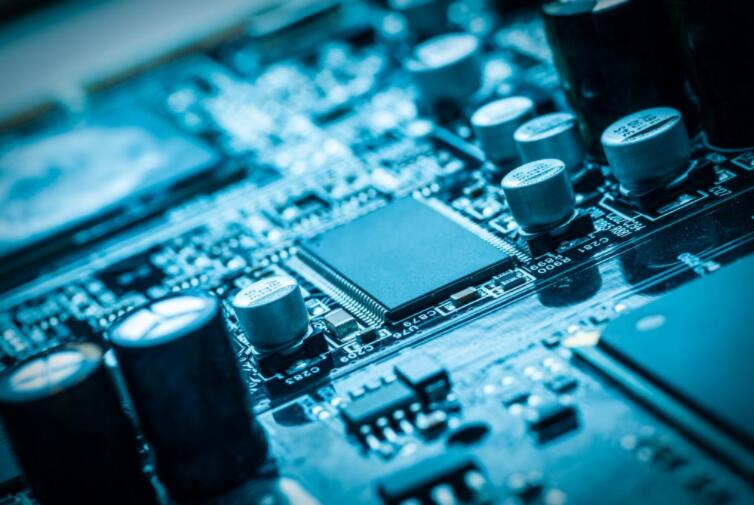Some key technologies that need to be mastered in chip testing
Date:2024-07-25 15:00:00 Views:1598
Chip testingIt is an important link to ensure the functionality and performance of the chip. Here are some key techniques that need to be mastered for chip testing:

1. Basic testing techniques
1.1 Electrical parameter testing
· DC parameter testingTest the basic electrical parameters of the chip, such as power supply voltage, current consumption, input/output voltage and current, etc.
· Communication parameter testingTest the AC characteristics of the chip, such as frequency response, gain, phase, etc.
1.2 Functional testing
· Logic testingTest the logic function of the digital chip and verify whether its logic gate circuit and state transition are correct.
· Simulate functional testingTest the functionality of analog chips, such as amplifier gain, filter frequency response, etc.
2. Automated testing technology
2.1 Automatic Test Equipment (ATE)
· introduceUsing automated testing equipment for large-scale chip testing to improve testing efficiency and accuracy.
· function:ATE can automatically complete electrical parameter testing, functional testing, and environmental testing.
2.2 Test Program Development
· Write a test programWrite test programs based on chip specifications and testing requirements to controlATE conducts testing.
· Optimize the testing processOptimize testing programs and processes to improve testing speed and coverage.
3. Test vector generation and validation
3.1 Test Vector Generation
· Static vectorGenerate test vectors for testing static logic functionality.
· Dynamic vectorGenerate test vectors for testing dynamic logic functionality, such as timing test vectors.
3.2 Vector Verification
· Simulation verificationUse simulation tools to verify the correctness of the test vector and ensure that it covers all test scenarios.
· Actual verificationVerify the test vector on the actual chip to ensure that it can effectively detect the functionality and performance of the chip.
4. Fault diagnosis and analysis techniques
4.1 Fault location
· failure analysis Using tools and methods such as infrared thermographyX-ray, acoustic microscope, etc., locate the fault location.
· Circuit trackingBased on the circuit diagram and test results, trace the source of the fault and identify the specific faulty component or circuit.
4.2 Fault classification
· Systemic malfunctionAnalyze the causes of systematic failures, such as design defects, process issues, etc.
· Random malfunctionAnalyze the causes of random failures, such as environmental factors, aging, etc.
5. Environmental and reliability testing techniques
5.1 Environmental Testing
· Temperature testingTest the performance of the chip at different temperatures, such as high temperature, low temperature, and temperature cycling tests.
· Humidity testTest the performance of the chip in high humidity environments and assess its moisture resistance.
5.2 Reliability Testing
· Life testingEvaluate the long-term stability of the test chip by continuously running it for a long time to test its lifespan.
· Stress testingTesting the reliability of chips by applying electrical, thermal, and mechanical stresses, such as voltage stress testing, mechanical shock testing, etc.
6. Signal integrity and power integrity testing
6.1 Signal integrity testing
· Time series analysisTest the timing characteristics of the chip to ensure that the signal is not distorted during transmission.
· noise analysis Test the noise characteristics of the chip, analyze the noise sources and interference during signal transmission.
6.2 Power integrity testing
· Power noise testTest the impact of power noise on chips to ensure the stability of power supply.
· Transient response test of power supplyTest the response of the chip to changes in power supply voltage to ensure its normal operation during power fluctuations.
7. Simulation and modeling techniques
7.1 Circuit simulation
· SPICE simulation: UseSPICE and other simulation tools are used for circuit level simulation to verify the correctness of chip design.
· system simulation Use system simulation tools for system level simulation to verify the working condition of the chip in the system.
7.2 Modeling Techniques
· Behavioral modelingEstablish a behavioral model for chips for functional verification and performance evaluation.
· Statistical modelingEstablish a statistical model for chips to analyze the impact of process fluctuations on chip performance.
By mastering the above technologies, engineers can conduct comprehensive chip testing to ensure that the functionality and performance of the chip meet the requirements, thereby improving the quality and reliability of the product.




 Weixin Service
Weixin Service

 DouYin
DouYin
 KuaiShou
KuaiShou





















